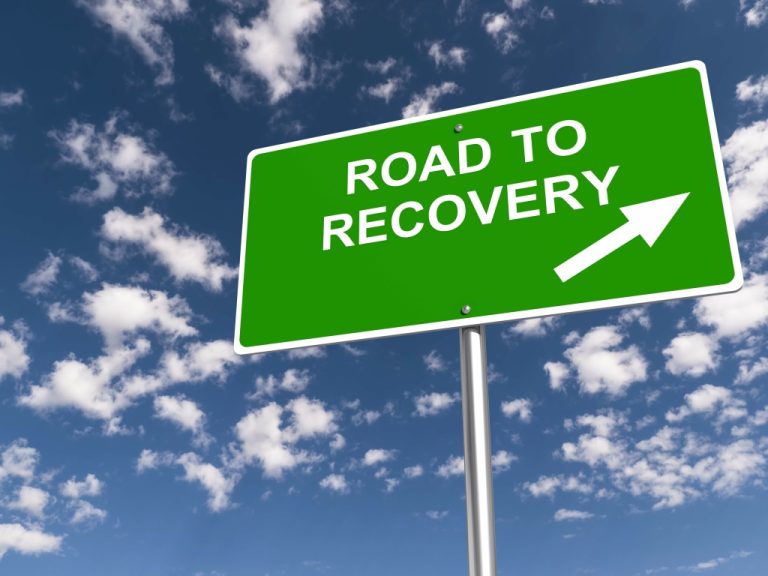However, it’s not really having one or the other that is important here. When a person is in active addiction, that individual can have a strong tolerance and a physical dependence. However, this does not mean they have what is considered the standard definition of addiction.
- These perceptions have helped us understand why people become dependent on drugs and the harmful effects of different drugs.
- This type of dependence is common with prescription opioids and alcohol and may require medical supervision during withdrawal.
Physical Dependence Vs. Psychological Dependence
Instead of needing more of a substance to feel an effect, your brain and body feel like it needs the drug to survive. While dependence does not always mean addiction, it can lead to it without professional intervention. According to the Diagnostic and Statistical Manual (DSM-IV), addiction can alcoholism develop due to a combination of genetic, psychological, and environmental factors. Mental health issues may play a significant role in the development and progression of addiction, making it essential to address both substance use and underlying mental health concerns. As a consequence, the diagnostic category of “substance dependence” stayed with us through the DSM-IV, until it was dropped in 2013 in the DSM-5, along with the diagnostic category of “substance abuse.” You don’t have to have dependence to have a Substance Use Disorder (SUD).
Physical vs. Psychological Dependence
It’s like that friend who keeps touching a hot stove, even though they’ve been burned countless times before. Addiction hijacks the brain’s reward system, turning what was once a choice into an overwhelming compulsion. Caring and evidence-based treatment programs like White Oak Recovery Center can help you or your loved one. Medication-assisted treatment (MAT) is also a cornerstone in managing addiction, especially for opioids. Medications such as methadone, buprenorphine, or naltrexone help reduce cravings, stabilize brain chemistry, and prevent relapse. Understanding these distinctions helps in diagnosing and tailoring effective treatment strategies for individuals struggling with substance-related issues.
Addiction Treatment Services
For mild cases of dependence, tapering off the substance or activity in a safe and controlled manner can be effective. People can become dependent on a substance or activity without being addicted to it. Dependence can often be managed through tapering off the substance or activity in a safe and controlled manner. Addiction, on the other hand, cannot be managed through tapering off and will require professional treatment and support.
It’s a physical reliance on a substance, where the body has adapted to its presence and throws a tantrum (hello, withdrawal symptoms!) when deprived of it. Addiction, on the other hand, is the unruly teenager of the family – rebellious, disruptive, and often wreaking havoc on one’s life despite the negative consequences. Doctors can manage their usage to prevent substance abuse from worsening. This is true even if the individual has developed a tolerance and dependence on the drugs. Historically, terms like “dependence” and “addiction” have been used interchangeably. The DSM-IV distinguished between substance abuse and dependence, but the DSM-5 now categorizes these under “substance use disorder,” which varies in severity—from mild to severe—based on specific criteria.
Substance dependence is much more common than you might think, as it does not automatically mean the person is addicted. For example, anyone having a headache or not feeling well after skipping their daily cup of coffee displays a physical dependence on caffeine. They may not crave it or have a caffeine addiction, but they experience physical symptoms when they do not have it in their system. Dependence can develop physically and psychologically in a person using drugs or alcohol. Many risk factors contribute to a person becoming addicted to alcohol or other substances, including genetics, biology, environment, and life experiences. People can have just a physical dependence, addiction, or both at the same time.

It should what is the difference between addiction and dependence not be used in place of the advice of a physician or other qualified healthcare providers. When they know that dependence can be a normal biological response, they might be less anxious about experiencing withdrawal symptoms. Conversely, recognizing addiction as a brain disease emphasizes the need for comprehensive treatment strategies, including behavioral therapy and support systems. Tolerance develops when higher doses of a substance are needed over time to achieve the same effect. This often leads to increased consumption and heightened physical dependence.

Health Threetrees com vn: Natural Wellness and Fitness Guide
Treatment options include behavioural therapies like cognitive-behavioural therapy, medications, detoxification, and support groups. Effective programs are tailored to the individual’s physical and psychological needs. Physical dependence impacts health by causing withdrawal symptoms, which can range from mild discomfort to life-threatening conditions. It also stains the body’s organs, potentially leading to long-term health issues like liver damage or cardiovascular problems. Mental dependence may cause a person to neglect responsibilities, strain relationships with loved ones, and engage in dangerous behaviors to obtain the drug. It affects mental health by increasing anxiety, depression, and other psychiatric conditions.
For Loved Ones: How to Support a Loved One’s Mental Health

While dependence is a physiological response, it doesn’t always mean a person has lost control or is compulsively using. At White Oak Recovery Center, our therapists and medical staff establish an empowering and judge-free environment where they work with residents to create personalized treatment plans for substance misuse. Misdiagnosing addiction can lead to significant stigma, inadequate treatment, and adverse health outcomes. Often, the terms ‘dependence’ and ‘addiction’ are used interchangeably, but they describe different states.

